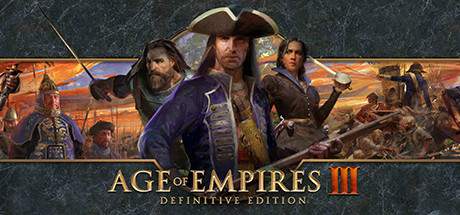


Topoi such as the “Hapsburg myth” or “multiculturality” cannot conceal, for instance, the establishment of centres and peripheries, or the discursively constructed dualism between savage and exotic peoples, in need of civilization, and the civilising mission of a “superior” minority. Yet, these power relations built hierarchies among these peoples by means of diverse dependencies, and thus determined both their own multiple identities (as representations of Self and Other) and the identities of Austria itself, as a result of multiple contexts and perspectives. 1 The advantage of these concepts is mainly that they allow us to unveil the power relations that shaped the coexistence of the peoples of the monarchy, which was often idealised as a harmonic multinational conviviality. Despite underscoring the differences betwee (.)ģIndeed, a comparison of the model of continental empires rooted in medieval structures with the model of overseas colonial empires, characteristic of modernity, reveals common basic features that justify an approach to the Hapsburg Empire within the framework of postcolonial concepts, notwithstanding their respective particularities. 1 This is what Müller-Funk (2001), for example, proposes.At the same time, imperialism is also the object of critique and rewriting in the context of the resolution of the many crises of modernity, especially that of the Subject. I further show, focusing on Robert Müller’s and Robert Musil’s major novels, how imperialism functions as a fulcrum of the complex relation of modernist literature with the paradigm of modernity. To this end, I analyse the Utopia of an “Imperialism of the Spirit” present in the essays of two central Viennese modernists, Hugo von Hofmannsthal and Robert Müller, demonstrating the discursive construction of a particular kind of imperialism and nationalism based on culture and the arts. This article seeks to contribute to this debate by analysing discursive structures common to the continental empires rooted in medieval structures and to modern colonial empires, as well as critically assessing some of their specificities. In Austrian Studies, the debate continues as to whether postcolonial theory is applicable to the Hapsburg monarchy.


 0 kommentar(er)
0 kommentar(er)
